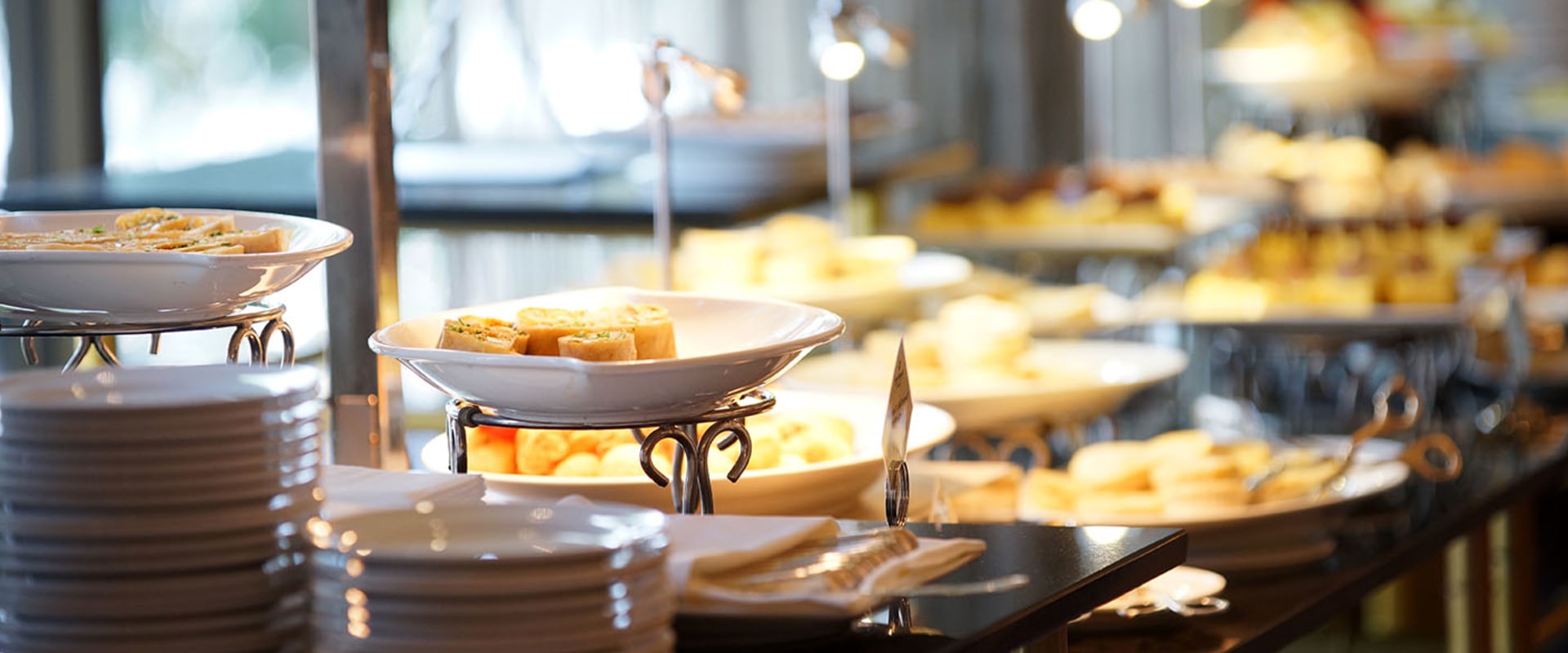The accommodation and food services sector is part of the leisure and hospitality supersector. In hospitality, food and drink are the main focus. It is the largest element of the hospitality industry and can take the form of high-end restaurants, fast food restaurants, catering establishments, and many other manifestations. Food and beverage services can also be integrated into other businesses, such as bowling alleys or movie theaters, to enhance the overall guest experience.
Food service providers and distributors are companies that supply food products to restaurants, grocery stores, and catering companies. These vendors can specialize in specific products or offer a wide range of food options. They will deliver the products directly to the store at pre-set times. Food outlets are establishments that serve meals and snacks for immediate consumption on site (food away from home). Commercial food service establishments accounted for the majority of food expenses outside the home.
This category includes full-service restaurants, fast food establishments, catering companies, some coffee shops, and other places that prepare, serve, and sell food to the public for profit. These companies and staff are dedicated to manufacturing food products or serving these products to customers. Large or small food service operators can be hired to run non-commercial food service operations, while chains or franchises can operate individual sections of larger, non-commercial food courts. In these cases, the operator is profit-oriented but may have to make some concessions in the design of the service to adapt to the specific needs and circumstances of the host. The food service industry refers to any company or business essential to the preparation and distribution of food products outside the home. Table service is when customers order at their table and are served by waiters or waitresses.
Quick-service restaurants aim to attract customers by offering speed, efficiency, and competitive prices while keeping the level of service to a minimum. Your company's approach to providing hosting should integrate convenience, efficiency, and attentive customer service as a foundation. As a hotel owner, you can diversify your offerings by providing facilities for conferences or special events or transportation options such as special offers on limousine services. The provision of services can be outsourced with franchises or external suppliers. Counter service is when customers order at the counter and pick up their order at the counter or have it delivered to their table by restaurant staff. We have even recently created a Global Food Service Classification with a classification of menu types to identify the specifications of each food service operator. Any change in market share between fast-food restaurants and full-service restaurants could influence the combination of food and services offered by both types of establishments.
The scope includes catering, aerial catering, railway catering, banquets, among others in central and satellite units, school and industrial canteens, hospitals and health facilities, hotels, restaurants, cafes, food services, and food stores. Food service operator providers are food service distributors who provide small products (kitchen utensils) and food.









